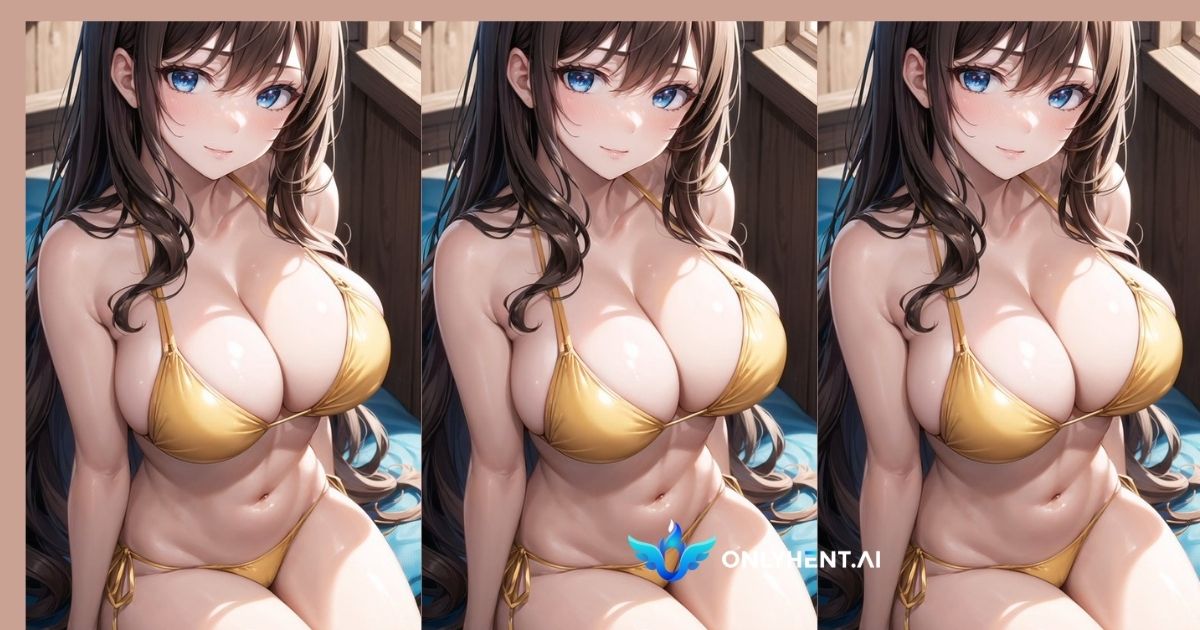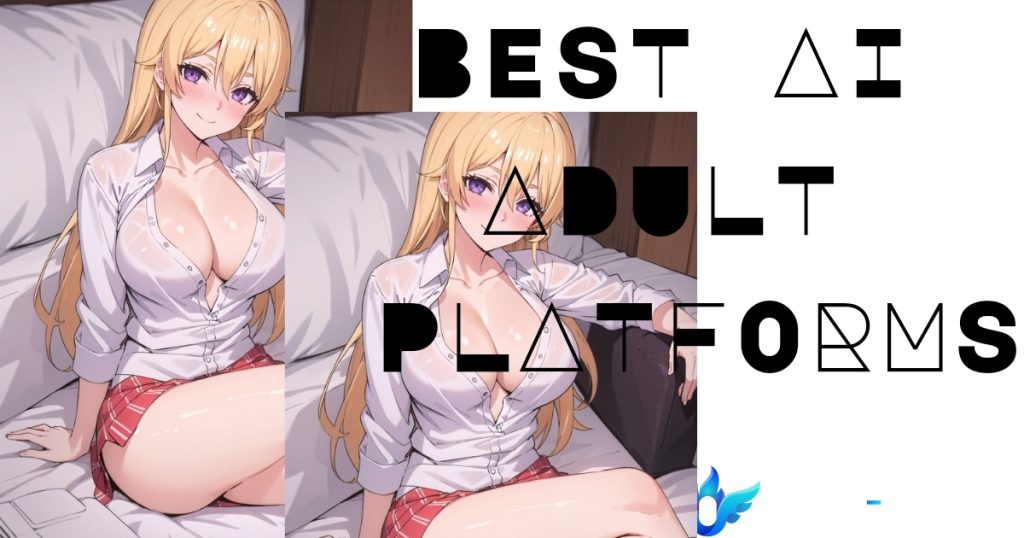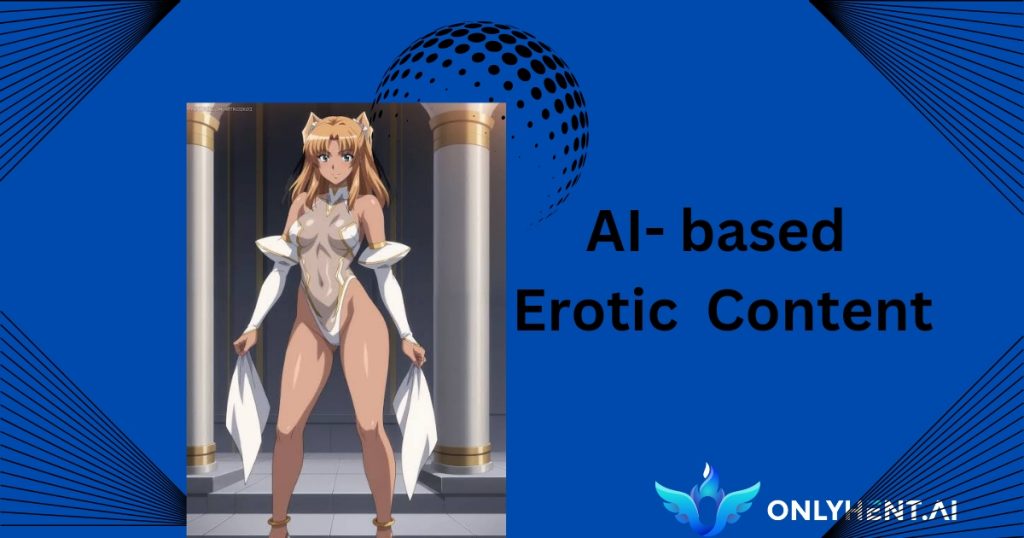In the ever-evolving realm of artificial intelligence, the field of text-to-image generation has taken the world by storm. Among the groundbreaking models, spearheading this revolution is Stable Diffusion, a remarkable tool that empowers users to transform their textual descriptions into captivating visuals.
One of the key features that sets Stable Diffusion apart is its incorporation of CLIP Skip, an innovative technique that enables users to bypass certain layers of the CLIP embedding process, resulting in faster generation times and a broader spectrum of creative possibilities.
Understanding the CLIP Embedding Process
To delve into the intricacies of CLIP Skip, it’s essential to grasp the underlying concept of the CLIP embedding process. This crucial step in Stable Diffusion’s architecture involves converting a user’s text prompt into a numerical representation that the model can comprehend.
This numerical representation, akin to a detailed map, guides the model through the image generation process, ensuring that the resulting image aligns with the user’s intentions.
The Role of CLIP Skip

CLIP Skip, as the name suggests, allows users to skip specific layers within the CLIP embedding process. This deliberate omission streamlines the process, reducing the computational demands and consequently accelerating the generation time. This feature proves particularly beneficial for complex prompts that demand more intricate processing.
Applications of CLIP Skip
The advantages of CLIP Skip extend beyond mere speed enhancements. By judiciously employing CLIP Skip, users can unlock a whole new dimension of creative expression. For instance, CLIP Skip can be instrumental in generating quick sketches of ideas, crafting rough drafts of images prior to meticulous fine-tuning, and producing a series of rapid iterations to identify the most compelling one.
Impact on Image Generation Quality
While CLIP Skip undoubtedly offers significant benefits, it’s crucial to consider its potential impact on image generation quality. Skipping layers of the CLIP embedding process may introduce certain artifacts or inconsistencies in the resulting images. Therefore, careful experimentation is essential to determine the optimal balance between speed and quality.
Recommendations for Effective CLIP Skip Usage
To maximize the effectiveness of CLIP Skip, consider these recommendations:
Evaluate Prompt Complexity: Assess the complexity of your text prompt before employing CLIP Skip. For straightforward prompts, CLIP Skip may not be necessary.
Monitor Image Quality: Closely monitor the quality of generated images when using CLIP Skip. If artifacts or inconsistencies arise, consider reducing the number of skipped layers.
Experiment and Adapt: Experiment with different CLIP Skip settings to discover the optimal balance for your specific needs and preferences.
Seek Community Guidance: Engage with the Stable Diffusion community to gather insights and best practices for utilizing CLIP Skip effectively.
Watch here how to install CLIP Skip.
Conclusion
CLIP Skip stands as a valuable tool in the Stable Diffusion arsenal, enabling users to expedite image generation while exploring new creative possibilities. By understanding its principles, applications, and potential impact, users can harness CLIP Skip to enhance their text-to-image experience. As Stable Diffusion continues to evolve, CLIP Skip is poised to play an even more prominent role in shaping the future of artificial intelligence-powered image creation.
Check out what are popular AI hentai generators for 2023.
Frequently Asked Questions (FAQs): what is CLIP Skip Stable diffusion
Q. What is CLIP Skip?
CLIP Skip is a feature in the Stable Diffusion text-to-image AI model that allows you to skip layers of the CLIP embedding process. This can lead to faster generation times and slightly different results.
Q. How does CLIP Skip work?
The CLIP embedding process is a key part of the Stable Diffusion model. It takes your text prompt and converts it into a numerical representation that the model can understand. This representation is then used to guide the image generation process.
The CLIP embedding process consists of several layers. Each layer adds more detail to the representation. However, this also means that the process can be computationally expensive.
CLIP Skip allows you to skip some of these layers. This can lead to faster generation times, especially for complex prompts. However, it can also lead to slightly different results.
Q. When to use CLIP Skip?
There is no right or wrong answer to when to use CLIP Skip. It is a matter of experimentation. However, here are some general guidelines:
If you are concerned about generation times, you can try using CLIP Skip to see if it speeds things up.
If you are happy with the results of your images without CLIP Skip, you don’t need to use it.
If you are finding that your images are too noisy or detailed, you can try using CLIP Skip to see if it helps.
Here are some examples of how CLIP Skip can be used:
You could use CLIP Skip to generate a quick sketch of an idea.
You could use CLIP Skip to generate a rough draft of an image before fine-tuning it with more layers.
You could use CLIP Skip to generate a series of images quickly and then select the best one.
Overall, CLIP Skip is a useful tool that can be used to experiment with different image generation styles and to speed up the generation process.
Q. What are the pros and cons of using CLIP Skip?
The pros of using CLIP Skip are that it can speed up generation times and lead to more creative results. The cons of using CLIP Skip are that it can also lead to slightly different results and may not work well for all prompts.
Q. How much faster is CLIP Skip?
The speedup from CLIP Skip varies depending on the complexity of the prompt and the number of layers skipped. However, it can be up to several times faster.
Q. What are some other ways to speed up image generation with Stable Diffusion?
In addition to CLIP Skip, there are a few other things you can do to speed up image generation with Stable Diffusion:
Use a lower resolution for the output image.
Use a smaller batch size.
Use a less complex prompt.
Use a GPU instead of a CPU.
Q. Can I use CLIP Skip with other text-to-image models?
No, CLIP Skip is only available for the Stable Diffusion text-to-image model.
- Understanding the CLIP Embedding Process
- The Role of CLIP Skip
- Applications of CLIP Skip
- Impact on Image Generation Quality
- Recommendations for Effective CLIP Skip Usage
- Conclusion
- Frequently Asked Questions (FAQs): what is CLIP Skip Stable diffusion
- Q. What is CLIP Skip?
- Q. How does CLIP Skip work?
- Q. When to use CLIP Skip?
- Q. What are the pros and cons of using CLIP Skip?
- Q. How much faster is CLIP Skip?
- Q. What are some other ways to speed up image generation with Stable Diffusion?










Check out detail information on what is CLIP Skip in stable diffusion.